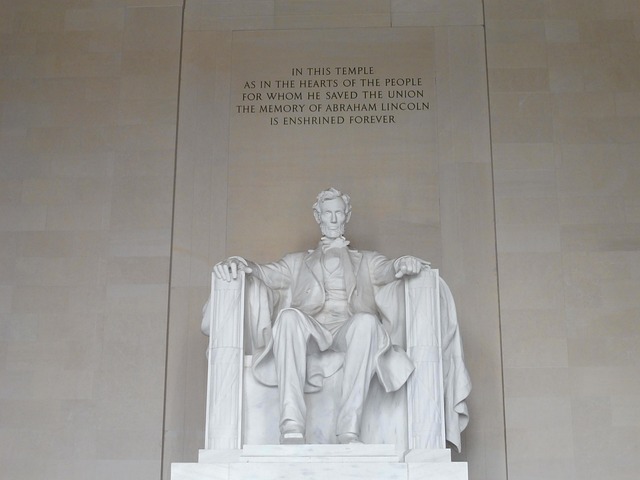In the vast tapestry of human experience, few concepts are as elusive and yet as profoundly impactful as It.” This simple pronoun can encompass the divine, the sacred, the powerful, and the intimate. When we delve into the realms of religion and gods, “It” serves as a bridge that connects us to something greater than ourselves. It is often through “It” that faith is manifested, prayers are offered, and spirituality is explored.
Consider how “It” encapsulates the divine presence we seek in our lives. Many religious traditions speak of an omnipresent force—be it God, the universe, or a higher power—that envelops us. This connection is often referred to as “It.” For believers, “It” evokes feelings of solace, hope, and belonging. The experience of feeling “It” can bring comfort during times of uncertainty and pain, serving as a beacon of light that guides us through the darkness.
In various cultures, “It” takes on different forms, appearing in the scriptures, teachings, and rituals that define their faith. In Christianity, the Holy Spirit is often referred to as “It,” descending upon the faithful and igniting passion and purpose. Meanwhile, in Hinduism, “It” can reflect the essence of Brahman, the ultimate reality that connects all beings. Each interpretation of “It” offers a unique relationship with the divine, contributing to the rich, multifaceted expressions of spirituality found around the world.
Moreover, the role of “It” in religion transcends mere identification of a deity. It emerges in the practices that bind communities together—in communal gatherings, shared rituals, and universal acts of compassion. When we come together to celebrate, mourn, or support one another, we tap into “It,” which resonates within us and strengthens our communal bonds. The shared experience of “It” often leads to a deeper understanding among diverse faiths, as it is a universal thread woven through the fabric of human existence.
For many, the pursuit of “It” becomes a lifelong journey—one filled with questions, exploration, and discovery. “It” challenges us to seek meaning beyond ourselves and to explore the mysteries of life and existence. This quest is not merely about adherence to dogma; it is about the deepest yearnings of the heart and soul. As we navigate through more than just the tenets of faith, we find “It” in the magic of a sunrise, the laughter of children, or the silence during meditation. These experiences affirm our connection to the divine and remind us that “It” is an ever-present force in our lives.
Ultimately, “It” is not confined to religious doctrine or philosophical discourse; it is the very essence of our humanity. As we explore the role of “It” in gods and religion, we uncover the deep emotional connections that bind us to the divine and to one another. In our most basic search for understanding and connection, “It” is what gives us life and meaning, guiding us through the journey of faith and existence.




